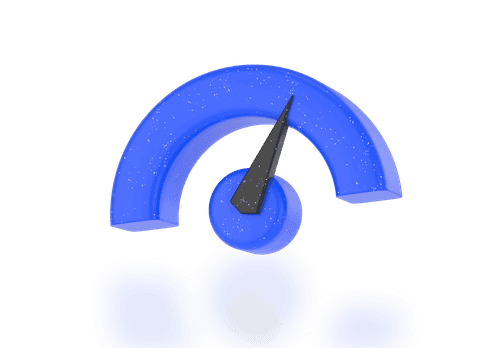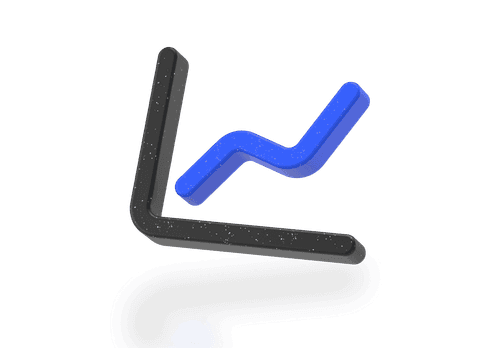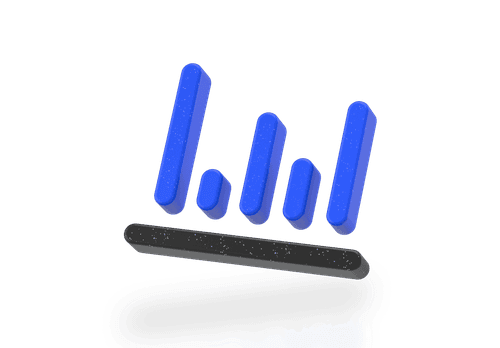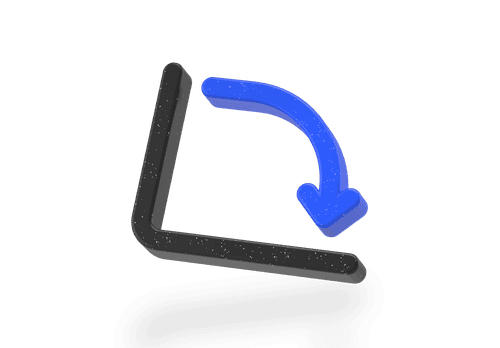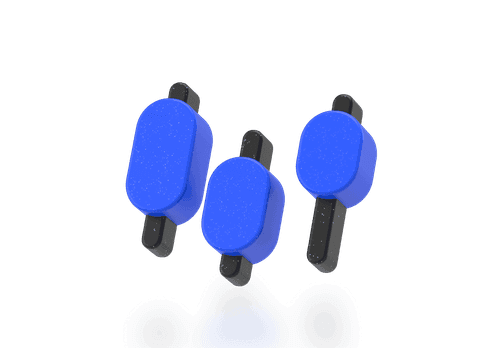Advanced
Swing Trading vs. Day Trading: Pros and Cons

Traders often find themselves at a crossroads, debating between two popular trading styles: swing trading and day trading. Each approach offers its own unique set of advantages and drawbacks, shaping the strategies and outcomes of traders' endeavors.
Also, by delving into the nuances of these trading methodologies, traders can gain invaluable insights to inform their decision-making processes and align their trading strategies with their financial goals.
In this comprehensive analysis, we'll explore the intricacies of swing trading and day trading, shedding light on their respective pros and cons.
Day Trading
Day trading, as its name implies, involves executing multiple trades within a single trading day. It relies heavily on technical analysis and advanced charting systems to detect trading patterns and pinpoint strategic entry and exit points.
Advantages of Day Trading
Day trading stands apart from other investment styles, distinguished by its rapid pace and adrenaline-fueled approach. Not merely a pursuit of profits, day trading embodies a lifestyle where individuals pit their skills against the market's fluctuations, thriving in its exhilarating, high-risk environment.
Day traders enjoy the freedom of working independently. Unlike traditional roles in finance that often require adherence to firm directives, day traders, armed with sufficient capital, operate on their terms, enjoying a flexible schedule that aligns with global market hours.
Unlike professions in finance that often demand prestigious educational backgrounds, day trading doesn't necessitate an expensive degree from an Ivy League institution. While formal education isn't mandatory, courses in technical analysis and automated trading can offer valuable insights and skills.
Disadvantages of Day Trading
The U.S. Securities and Exchange Commission (SEC) highlights that many day traders experience significant financial setbacks in their initial months of trading, with some never achieving profitability. Despite cautioning traders to risk only what they can afford to lose, many incur substantial losses, often leveraging borrowed funds.
Day trading demands substantial investments in trading infrastructure. Competing with high-frequency traders and institutional investors requires significant expenditure on trading platforms, charting software, and powerful computing equipment.
Mastering day trading necessitates a unique skill set that can be challenging to acquire. Platforms like Investopedia's Become a Day Trader course offer comprehensive training on order types and technical analysis techniques to optimize risk-adjusted returns.
Additionally, day trading entails ongoing expenses such as transaction fees and commission expenses, which can accumulate due to the high volume of trades. Moreover, day traders must devote their full attention to the markets during trading hours, as positions can quickly transition from profitable to unprofitable, necessitating constant vigilance and adaptability.
Swing Trading
Swing trading revolves around identifying price swings in stocks, commodities, and currencies over a period spanning several days. Unlike day trading, where positions are opened and closed within the same trading day, swing trades typically last from a few days to a few weeks. While some traders may engage in swing trading alongside day trading, it's less common for swing trading to be a full-time career choice.
Advantages of Swing Trading
Swing trading welcomes individuals with investment capital and knowledge, offering a less time-intensive alternative to day trading. With its longer time frame, swing traders aren't tethered to their computer screens all day, making it feasible to maintain other professional commitments alongside trading activities.
Setting stop-loss orders allows swing traders to mitigate risk without the need for constant monitoring, a feature distinct from the constant vigilance required in day trading. Automation is also possible in swing trading, provided traders plan their positions in advance and set appropriate orders, adding convenience to their trading approach.
Swing trading typically demands a lower initial investment compared to day trading. Basic trading tools and a single computer are often sufficient, eliminating the need for expensive, high-tech setups. Moreover, the prolonged holding period in swing trading increases the likelihood of significant price movements, offering the potential for larger returns relative to day trading.
Disadvantages of Swing Trading
Swing trades require patience as positions take time to materialize. During this period, changing market conditions pose a risk to the success of the trade, and capital remains tied up in a single position, leading to potential illiquidity until an opportune exit point is identified.
While swing trading offers the potential for larger returns, it also amplifies the risk of accumulating losses if prices move against initial predictions during the holding period.
Considered less exhilarating than day trading, swing trading lacks the rapid pace and immediate gratification of its counterpart. Its slower, more methodical nature can be perceived as less entertaining by some investors who prefer the excitement of fast-paced trading. However, for others, swing trading's safer and more predictable approach may offer a welcome respite from the frenzy of day trading.
Key Differences
Day trading and swing trading present distinct advantages and drawbacks, with neither strategy inherently superior to the other. Traders should select the approach that aligns best with their skills, preferences, and lifestyle.
Day trading is ideally suited for individuals dedicated to full-time trading, characterized by traits such as decisiveness, discipline, and diligence. Conversely, for those unable or unwilling to devote extensive time to trading activities, swing trading offers a compelling alternative. With fewer trades to execute and a longer holding period, swing trading allows for greater flexibility while still offering the potential for substantial profits.



